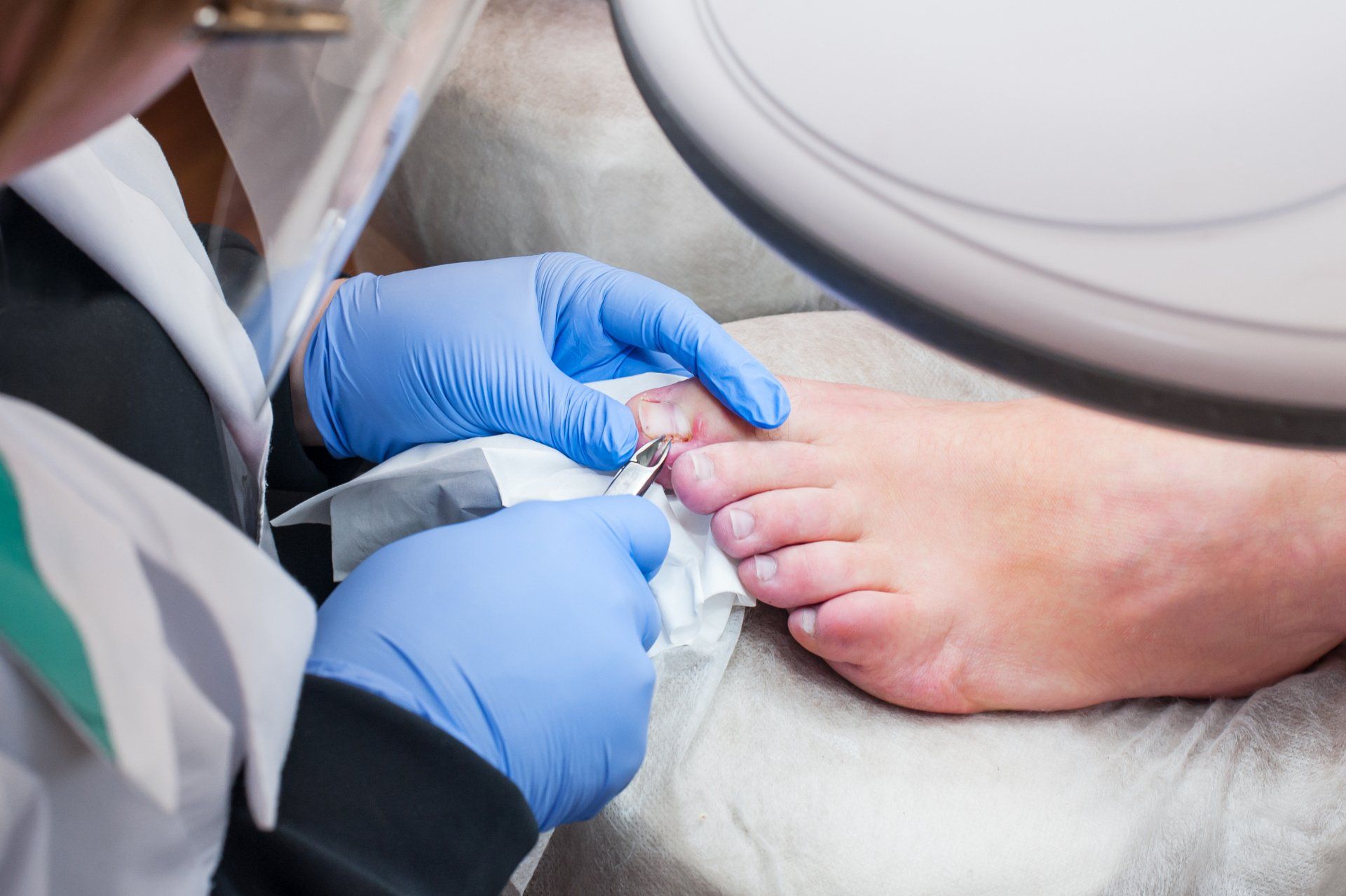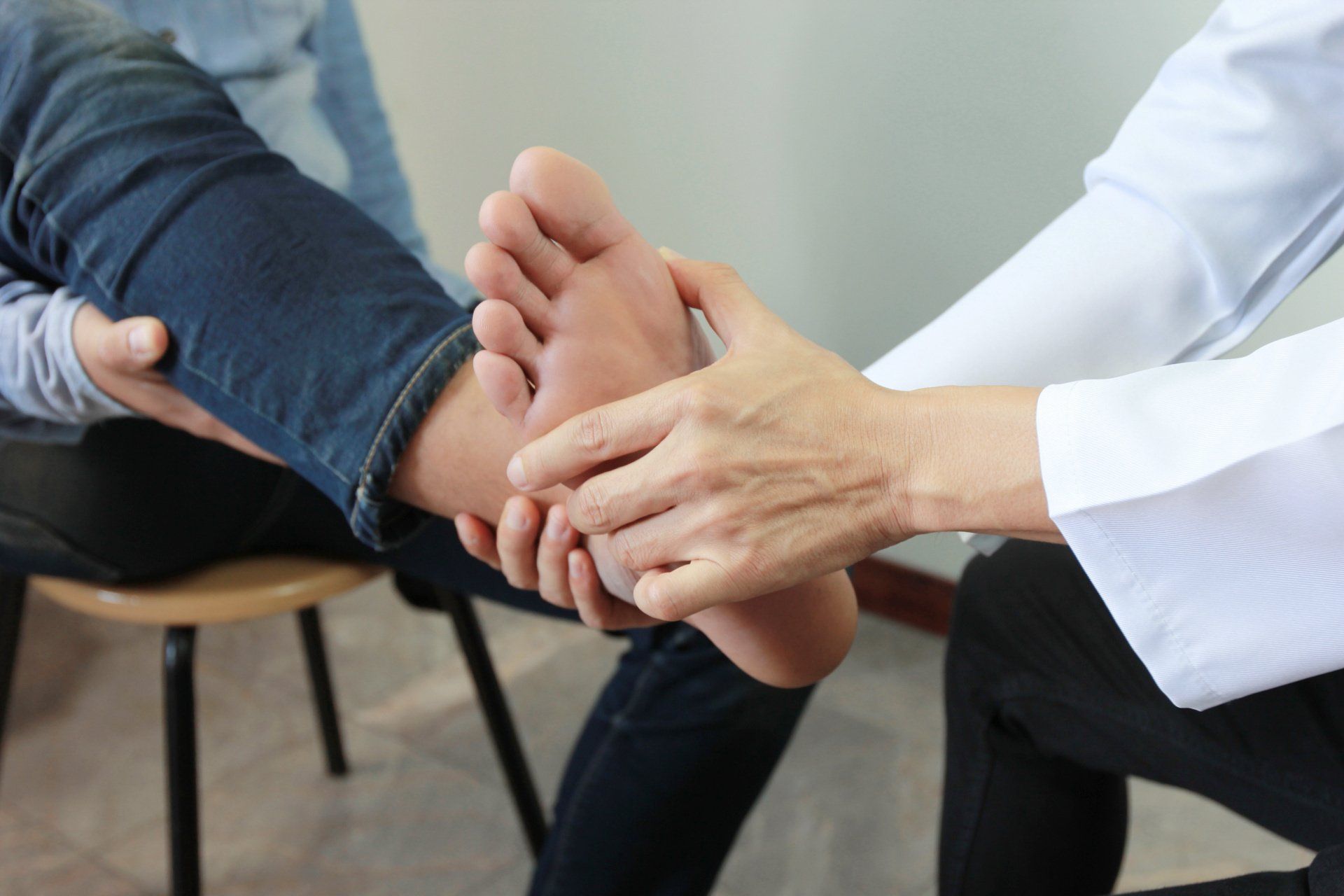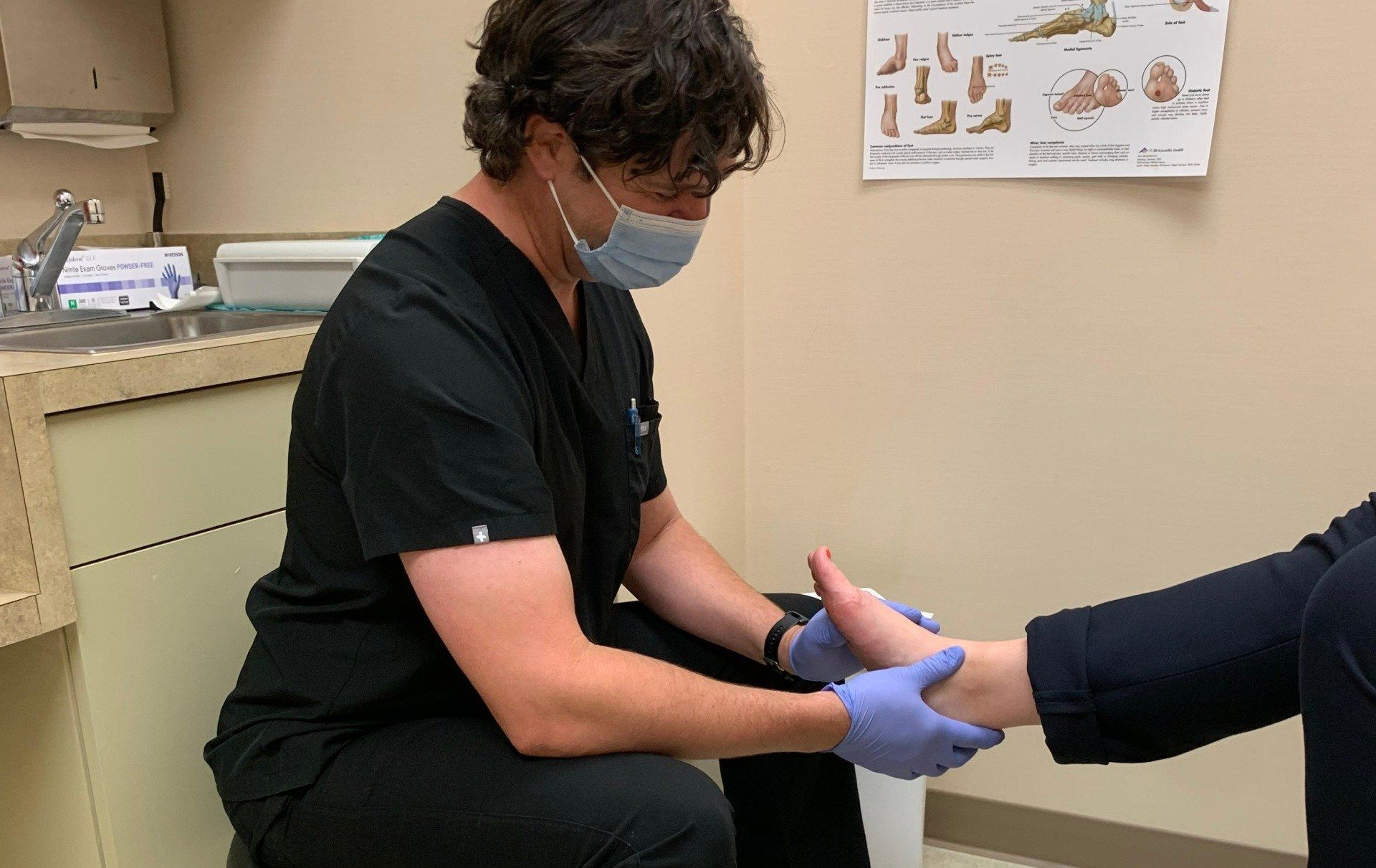Achilles Tendon Treatment in Baton Rouge
What is the Achilles Tendon?
Named after the Greek mythology figure Achilles, the Achilles tendon runs through the ankle, connecting the calf muscles to the heel bone. This band of tough, fibrous tissue is both the largest and strongest tendon in the entire human body. It is an integral part of heel and foot movement that allows us to walk, run, and jump.
How Does an Achilles Tendon Rupture or Tear?
Despite its size and strength, the Achilles tendon can suffer partial tears or even rupture fully given the right circumstances. These tears, or ruptures, typically occur in a specific section of the tendon, just above the heel bone when the tendon is excessively stretched or placed under stress. Common causes of ruptures include sports-related injuries, particularly in those sports which require jumping, stepping in a hole, or falling from a great height.
Who is at Risk for Achilles Tendon Ruptures?
Athletes are the most susceptible to Achilles ruptures. Sports that require running, jumping and sudden stopping such as basketball or soccer are most commonly associated with this type of injury. Additional risk factors can include:
- Age – Achilles tears are most common between the ages of 30 and 40.
- Sex – Men are five times more likely than women to suffer an Achilles injury
- Being Overweight – Carrying excess weight can place additional strain on all body parts, including the Achilles tendon
- Certain Medications –
Steroid injections in the ankle to
address pain and inflammation
may also weaken the Achilles tendon, making it more susceptible to rupture. Certain antibiotics, such as Cipro and Levaquin, have also been associated with an increased risk for rupture.
What are the Symptoms of a Torn Achilles Tendon?
When an Achilles tendon ruptures, it is generally accompanied by some painful and uncomfortable symptoms. These frequently include:
- An audible pop at the moment of injury
- Pain in the calf that feels similar to being kicked
- Pain and swelling in the heel area
- Inability or difficulty to push off of the affected foot or to point the foot downward
How is a Torn Achilles Tendon Diagnosed?
For the most part, a torn Achilles can be diagnosed through a physical examination. A physician may use several techniques include palpating or squeezing the area to check for tenderness, swelling, or automatic flexion of the foot. If a more definitive diagnosis is needed, or if the degree of tear needs to be determined, an MRI may be needed.
How is an Achilles Tendon Rupture Treated?
Treatment for a ruptured Achilles is similar to most other injuries, in that it depends on factors such as severity, age, and activity level. For those who are older and less active, non-surgical treatment may be sufficient to address the injury. These treatments may include:
- Immobility in the foot for a period of several weeks with devices such as a walking boot
- Ice, elevation, and pain medication
- Walking aids such as crutches
For younger, more athletic patients who are looking to recover more quickly and effectively, surgical repair of the tendon is likely the best option. This procedure will stitch the torn tendon back together.
In the case of either method, patients should expect to undergo
orthopedic physical therapy in order to fully recuperate and regain their strength and range of motion.
PATRICK B. HALL, D.P.M.
Podiatric Surgery
Foot & Ankle Specialist
RELATED READING





